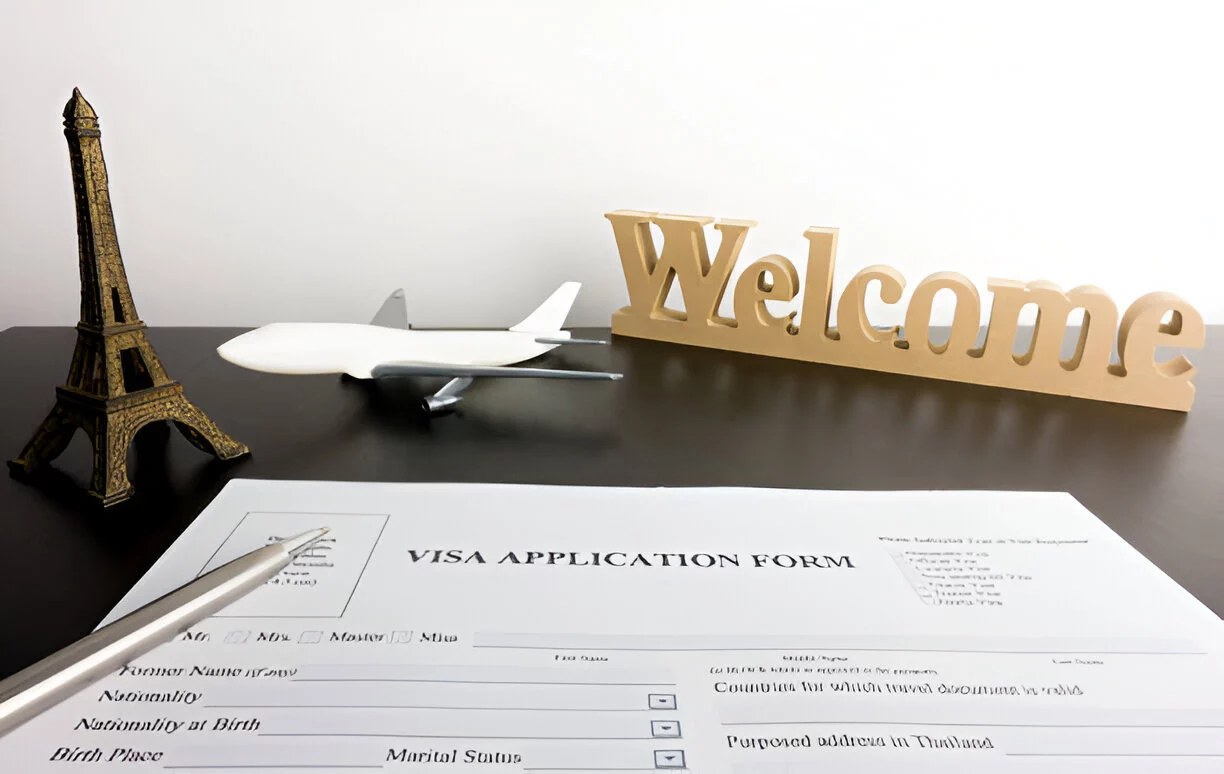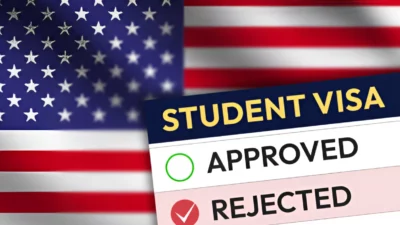Miami, with its diverse economic landscape and booming seasonal industries, is a prime destination for temporary foreign workers seeking employment under the H2B visa program. The H2B visa provides a pathway for employers in the United States to hire non-immigrant, non-agricultural workers to fill temporary roles, especially in sectors such as hospitality, tourism, and construction. For those interested in understanding the intricacies of this visa process, De Wit Immigration Law is dedicated to guiding you through every step in Miami’s unique context.
Understanding the H2B Visa
U.S. employers have the option to bring in foreign talent for short-term, non-agricultural roles when there’s an insufficient supply of local workers. These opportunities typically arise in seasonal, peak load, or occasional work scenarios. In Miami, sectors like hospitality, tourism, and construction often rely on such temporary labor solutions to handle increased demand—particularly during the busy travel season.
Key Steps in the H2B Visa Process
- Determine Eligibility
Before initiating the application process, it’s essential for employers to verify that their need for foreign labor is temporary and that they meet the eligibility requirements. The employer must demonstrate that:
- The need is temporary and not permanent.
- There are insufficient U.S. workers who are capable, willing, qualified, and available to fill the position.
- Hiring temporary foreign workers must not negatively impact the wages or working conditions of U.S. employees performing similar jobs.
- The need is temporary and not permanent.
- Filing a Temporary Labor Certification
The process begins with the employer obtaining a Temporary Labor Certification (TLC) from the U.S. Department of Labor (DOL). In Miami, this involves submitting an application that outlines the details of the job offer, including wages, work conditions, and the temporary nature of the job. This certification aims to ensure that hiring foreign workers does not take jobs away from qualified domestic workers or drive down wages.
Employers must complete and submit the appropriate forms (such as ETA Form 9142B) and comply with specific advertising requirements to test the U.S. employment landscape must be evaluated prior to the approval of the Temporary Labor Certification. This often involves posting the job for a certain period to ensure no local applicants are overlooked. - Submitting the Petition to USCIS
Upon receiving the TLC, the employer then files Form I-129, Petition for a Nonimmigrant Worker, with U.S. Citizenship and Immigration Services (USCIS). This step requests that USCIS approve the hiring of foreign workers under the H2B category.
The petition must include details about the job, the workers sought, and proof of the employer’s inability to fill the position domestically. Accuracy and thoroughness in detailing these aspects are critical to the success of the petition. - Worker Visa Application
Once USCIS approves the petition, prospective foreign workers must apply for a visa at a U.S. embassy or consulate in their home country. This involves submitting Form DS-160, Online Nonimmigrant Visa Application, attending an interview, and providing supporting documentation such as valid passports and the approved job offer.
The interview will assess the applicant’s intent, ties to their home country, and the authenticity of the job offer. Successful candidates will be issued visas and can then make arrangements to travel to Miami for employment. - Arrival and Commencement of Employment
Once temporary workers arrive in the United States, they may begin their roles with the sponsoring employer in Miami. It’s essential that employers honor all agreed-upon terms, including job start dates and wage commitments, to ensure full compliance with U.S. immigration and labor regulations.
Key Considerations and Challenges
- Cap and Timing
One significant challenge with seasonal employment programs is the annual cap on the number of approved positions. These strict quotas limit the availability of temporary foreign labor, and once the limit is reached, no further applications are accepted until the following fiscal year. As a result, employers in Miami must approach the process with strategic timing and careful preparation to secure the workers they need. - Compliance and Renewals
Employers must stay fully compliant with all applicable labor laws, including wage standards and working conditions. Moreover, any efforts to extend or renew temporary employment authorizations require strict attention to procedural rules and deadlines, making strategic planning and precise execution absolutely essential. - Geographical and Economic Impact
Seasonal work programs are essential to Miami’s economy, helping to fill crucial labor shortages across key industries. The arrival of temporary employees ensures that businesses can maintain smooth operations during high-demand periods, while also enriching the city’s cultural landscape and fueling its economic vitality.
Conclusion
The seasonal employment process plays a pivotal role in supporting Miami’s dynamic labor market, helping businesses meet increased workforce demands during peak periods. At De Wit Immigration Law, we specialize in guiding both employers and temporary workers through every step of this intricate journey. Our team is dedicated to ensuring full regulatory compliance and streamlining application procedures to make the experience as smooth and efficient as possible. By understanding and effectively managing this process, employers can enhance productivity, while international talent gains access to valuable job opportunities. Whether you’re an employer seeking extra hands or a worker looking for seasonal opportunities in Miami, reliable legal guidance is essential for navigating the process smoothly and staying compliant with the law.

Lexy Summer is a talented writer with a deep passion for the art of language and storytelling. With a background in editing and content creation, Lexy has honed her skills in crafting clear, engaging, and grammatically flawless writing.



